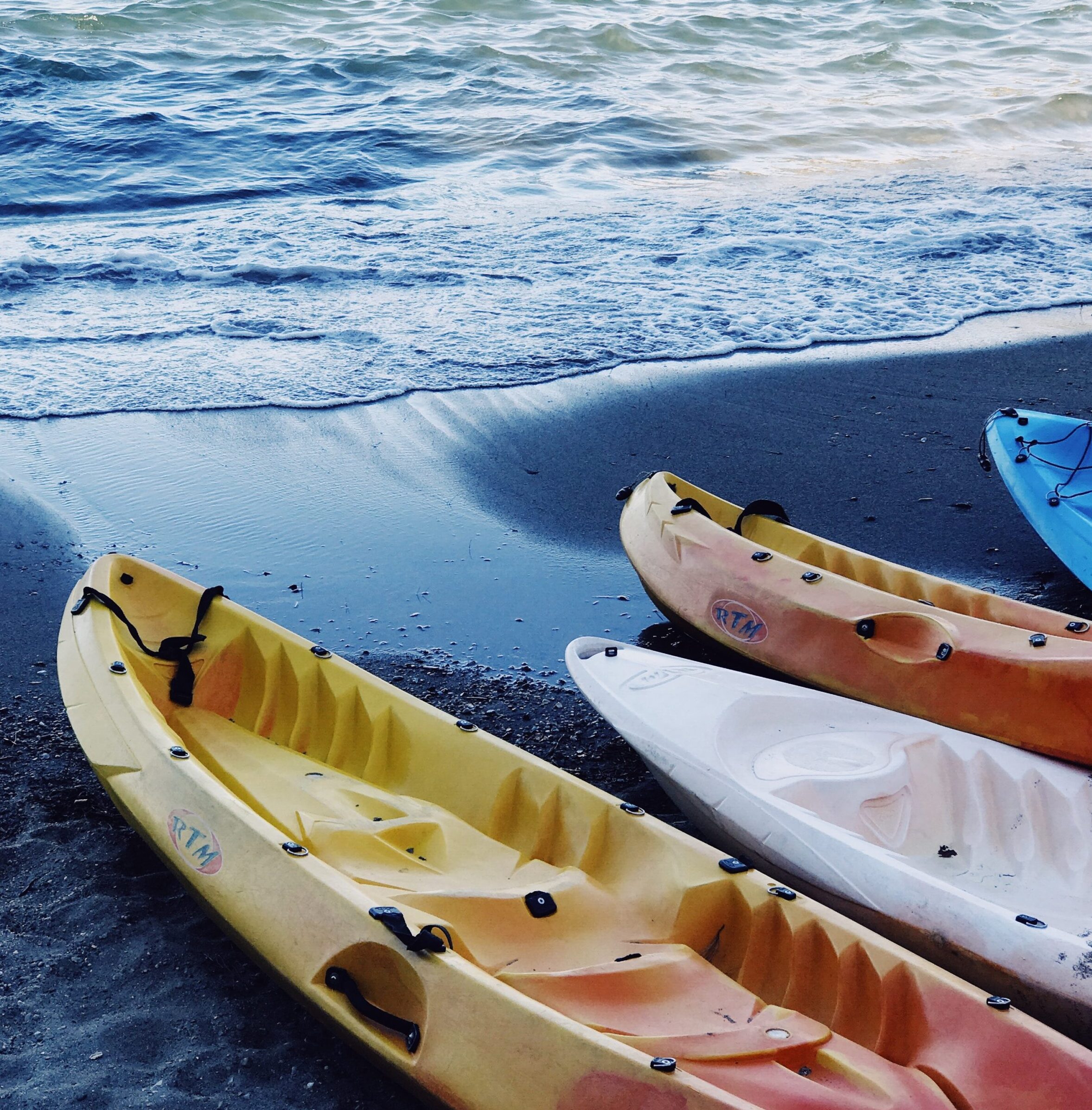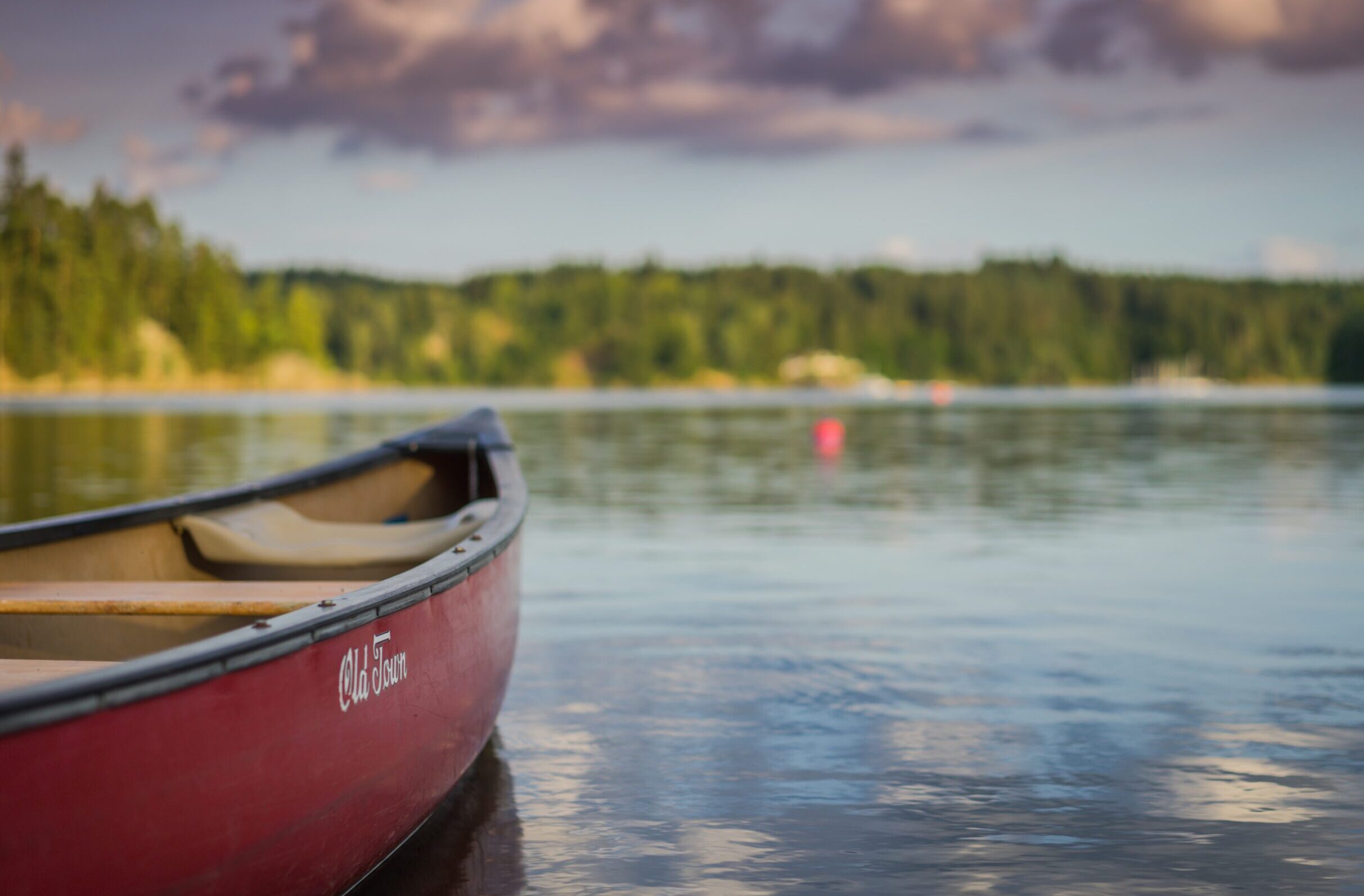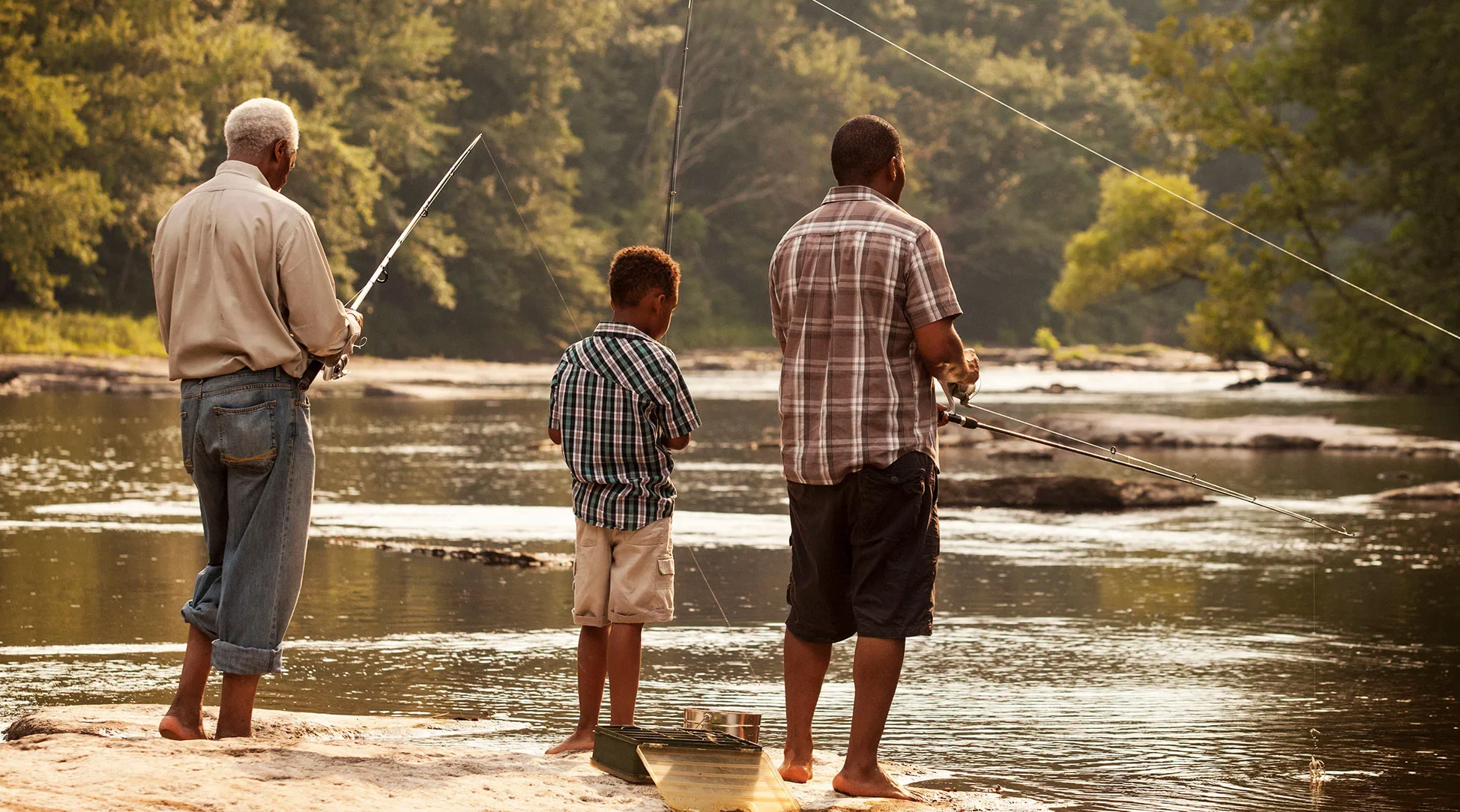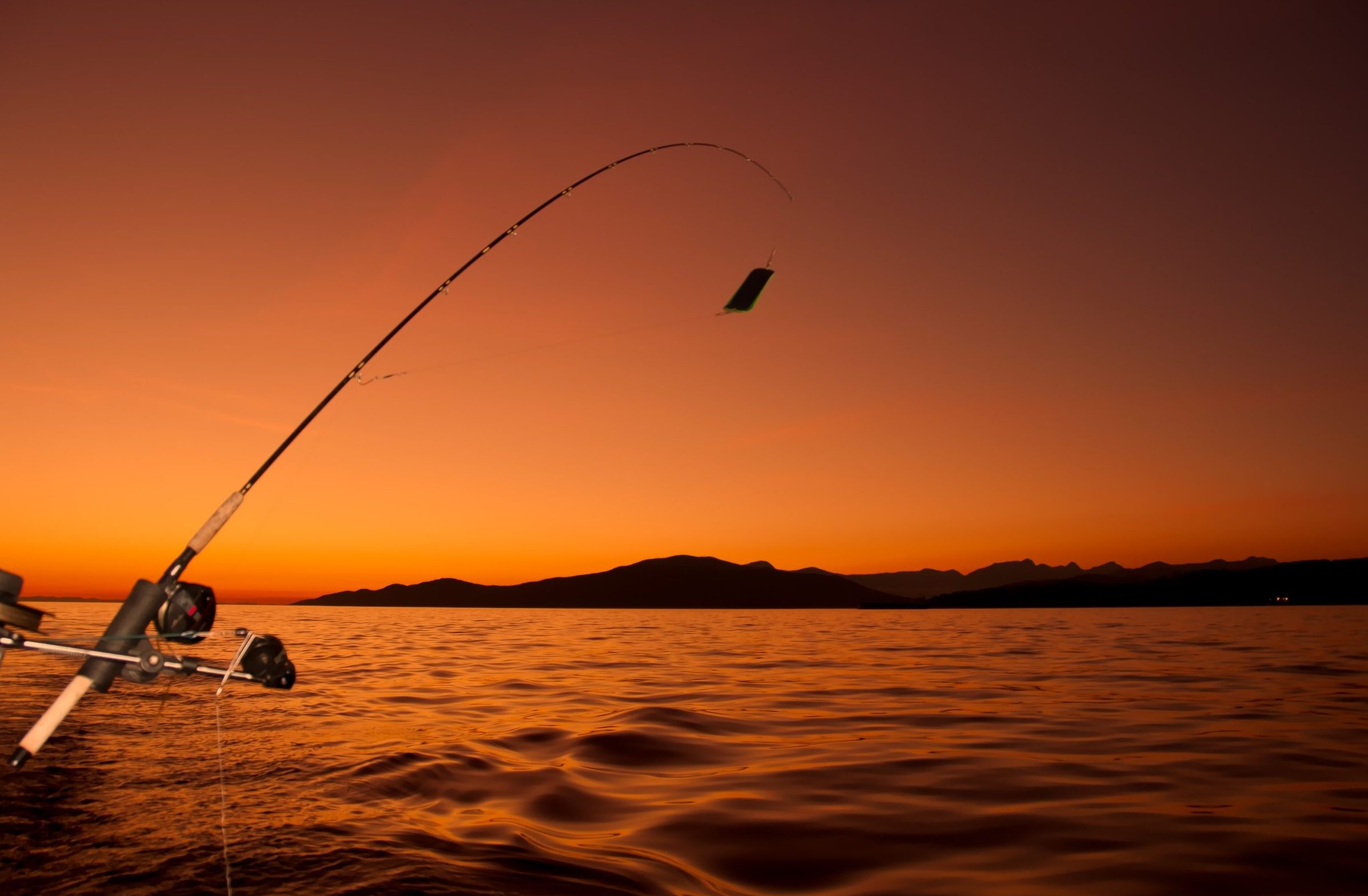Are you ready to take your fishing game to the next level? Kayak rigging might just be the missing piece of the puzzle. By equipping your kayak with essential gear and modifications, you can transform it into a lean, mean fishing machine. But where do you start? In this article, we’ll cover everything you need to know about kayak rigging 101. From different types of rigs to must-have gear and clever modifications, we’ve got you covered. Get ready for some serious angling action!
What is kayak rigging?
Kayak rigging essentially refers to the process of outfitting your kayak for fishing. This involves adding various gear and modifications that will make your fishing experience more comfortable, efficient, and enjoyable.
There are many different types of kayak rigs out there, each with its unique benefits and drawbacks. For example, some anglers prefer a simple setup that includes only the essential gear like rod holders and anchors. Others may opt for more elaborate setups involving electronics like fish finders or GPS systems.
One thing to keep in mind when choosing a rig is to consider the type of water you’ll be fishing in as well as your level of expertise. A complex rig might not necessarily be better if you’re just starting out or if you’re fishing in calmer waters.
That said, regardless of what type of rig you choose, it’s important to have all the necessary safety equipment on board at all times such as life jackets and whistles. Additionally, always check local regulations regarding kayaking and fishing before heading out on the water!
The different types of kayak rigs
Kayak rigging is the process of customizing your kayak to make it more suitable for fishing. There are different types of kayak rigs that you can use depending on your preferences and your fishing needs.
One type of kayak rig is the anchor trolley system. This allows you to easily adjust the position of your anchor, so you can stay in one spot while fishing or drift with the current.
Another popular type of kayak rig is the rod holder. This accessory comes in handy when you need to free up some space on deck and keep your hands free for paddling or other tasks.
A fishfinder is another useful piece of gear that can be added to a kayak rig. It helps locate schools of fish by using sonar technology, which makes it easier to plan where to cast your line.
Additionally, an outrigger stabilizer system can help improve stability and prevent tipping over in rough waters. And if you’re planning on doing night-time fishing, installing LED lights around your kayak will make sure you stay visible and safe out on the water.
There are many different types of kayaking rigs available that allow anglers to customize their watercrafts according to their specific needs and preferences.
Pros and cons of kayak rigging
Kayak rigging is a great way to customize your kayak for fishing. However, like any modification, there are pros and cons to consider before committing.
One of the biggest advantages of kayak rigging is increased storage. Adding rod holders, tackle boxes, and coolers can free up space in the cockpit for more comfortable seating or easier casting. Additionally, adding a fishfinder or GPS can help you navigate new waters with ease.
On the other hand, too much rigging can add weight to your kayak and make it harder to maneuver. It’s important to find a balance between functionality and practicality when deciding what modifications to make.
Another potential downside of rigging is that it may require additional maintenance. Electrical wiring or hardware may need repairs or replacements over time.
Ultimately, whether kayak rigging is right for you depends on your personal preferences and needs as an angler. Consider the benefits and drawbacks carefully before making any modifications.
What gear to use for kayak rigging
When it comes to kayak rigging, having the right gear can make all the difference. Here are some essential items you should consider adding to your fishing setup:
1. Anchor System: An anchor system will keep your kayak in one spot while you fish, allowing for greater stability and better casting accuracy.
2. Rod Holders: Attaching rod holders to your kayak will give you a place to store your rods when not in use and free up space on deck.
3. Paddle Leash: A paddle leash is an important safety feature that keeps your paddle securely attached to the boat at all times.
4. Tackle Storage: A tackle box or bag with compartments will help keep all of your lures and bait organized and easily accessible while out on the water.
5. Electronics Mounts: If using electronics such as a GPS or fish finder, mounting brackets can be added onto kayaks for easy access during use.
6. Kayak Seat Upgrades: Upgrade from standard seats for more comfortability so you can stay out longer without discomfort breaking concentration
By investing in these key pieces of equipment, anglers can enhance their kayak rigging experience and improve their chances of catching more fish!
How to modify your kayak for fishing
Modifying your kayak for fishing is an essential aspect of kayak rigging. Before you start modifying, ensure that you have the right tools and gear to make the process easier. Here are some modifications that can help improve your fishing experience.

Firstly, consider installing a rod holder on your kayak. This modification will allow you to keep your hands free while waiting for a catch or paddling through rough waters. You can also install additional rod holders in different positions around the boat to give yourself more options when it comes to casting and trolling.
Secondly, consider adding a fish finder to your kayak setup. Fish finders provide valuable information about underwater structures and depth changes which can increase your chances of catching fish.
Thirdly, outfitting your kayak with an anchor trolley system will enable you to adjust the position of your vessel without untying and re-tying knots constantly.
Ensure that you have enough storage space for all the necessary gear such as bait containers, tackle boxes, cooler bags etc., by adding bungee cords or storage compartments on board.
These modifications are just some examples of how you can customize your kayak for better angling success!
Kayak fishing recipes
Kayak fishing can be a great experience for anglers, but sometimes it can get tiring and hunger strikes. That’s why having some easy and delicious recipes to prepare on the go is essential. Here are some of our favorite kayak fishing recipes that you should definitely try out.
For breakfast, we recommend making overnight oats with your favorite toppings like fresh fruits or nuts. It’s easy to prepare beforehand and will keep you full until lunchtime.
For lunch, pack yourself a sandwich using whole grain bread, turkey slices, avocado spread, lettuce leaves and cucumber slices. You can also add some spicy mustard or mayo for extra flavor.
When it comes to snacks, trail mix with dried fruit and nuts is always a winner. You can also make energy balls by mixing dates, almond butter and chia seeds together in a food processor before rolling into bite-sized balls.
For dinner consider packing canned fish such as tuna or salmon with some crackers or rice cakes which makes an excellent protein source while being portable.
These quick meals provide sustenance without compromising taste in any way!
Kayak fishing can be a fun and rewarding experience, but proper rigging is essential to make the most of your time on the water. Whether you’re a beginner or an experienced angler, understanding the different types of kayak rigs and gear available is crucial.
By using the right equipment and modifications for your kayak, you’ll be able to catch more fish and enjoy your time on the water without any hassle. From installing rod holders to adding anchor trolleys, there are numerous ways to modify your kayak for fishing purposes.
In addition, it’s important to remember safety precautions when out kayaking. Always wear a life jacket and pay attention to weather conditions before heading out on the water.
With these tips in mind, go ahead and try out some new rigging techniques for yourself! Happy paddling and tight lines!



